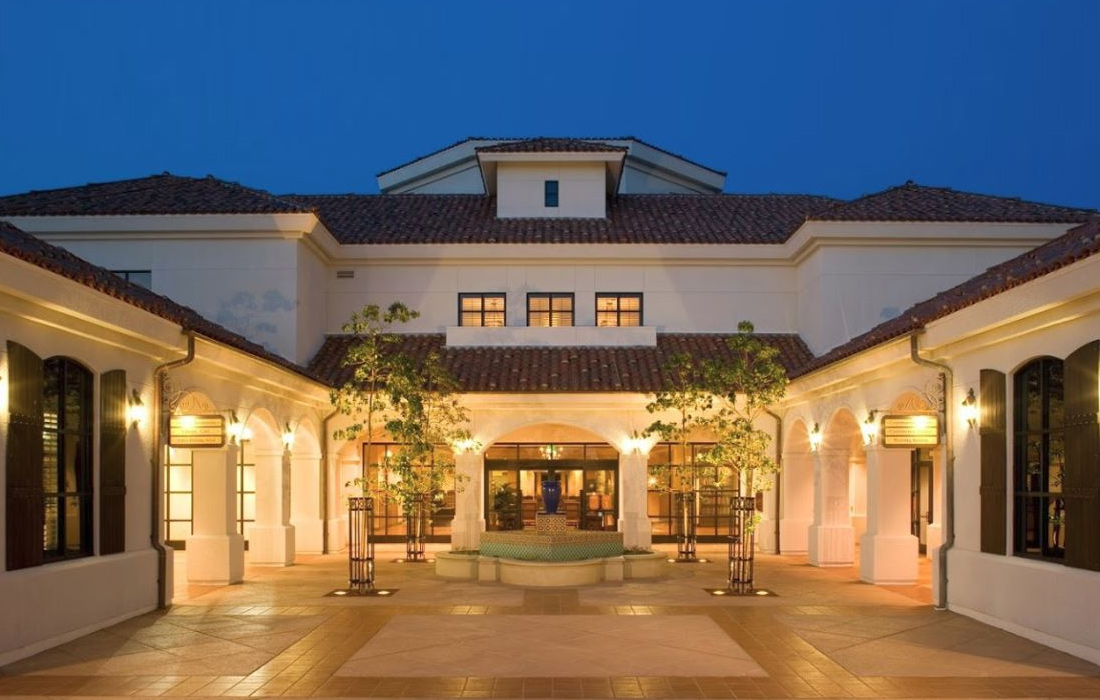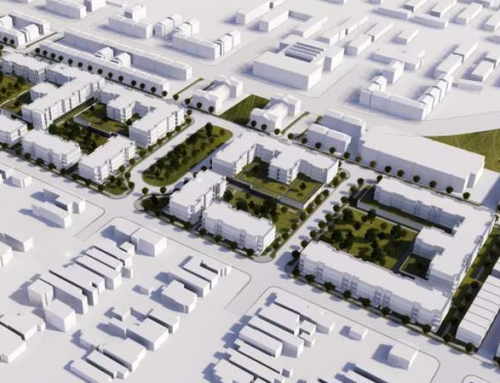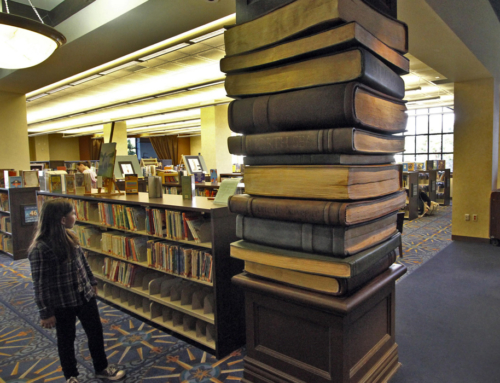When you are considering a real estate project, there are dozens of cost areas to measure up when drawing up a budget. Categorizing them and laying them out in your budget, or on your final project cost sheet, can be difficult. By breaking them into hard and soft costs, you can better get a picture of the costing of your project, and where the money is going. This isn’t just important for you as the project owner – it’s necessary if you are planning on pursuing investors and loans. So what costs fall where, and do some costs not fall into either?

Hard Costs
These are the most clear and obvious costs in a construction project – the physical actions and materials needed to raise the building. This includes land preparation such as grading, along with finishing touches like landscaping. Concrete materials and labor, including trucking and finishing, are hard costs. The costs of plumbing and electrical materials and the labor to run pipes and lines. Roofing, framing, drywalling, and other finishing touches. If it is a permanent, physical fixture of the project, it falls under hard costs.
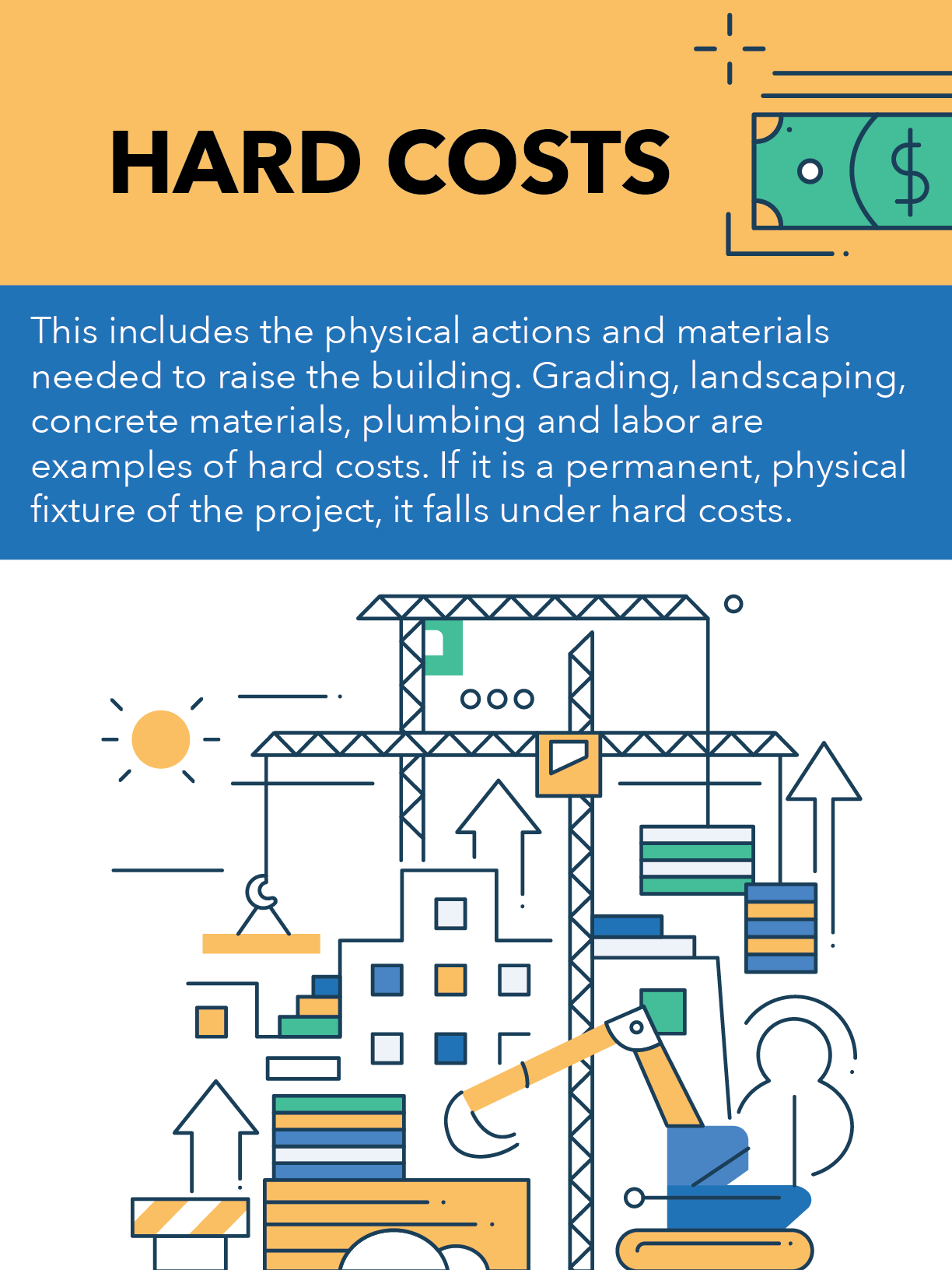
There are some other hard costs beyond those that relate to the physical building and land, particularly in the planning phase. For instance, contingency costs will be fielded under the hard cost header. Any tools and equipment, as well as site security, would fall under hard costs. Temporary trailer and other facilities, including porta-pottys, would all fall under hard costs. These directly affect the construction of the building. You need the tools, facilities, and equipment to create and build.
Hard costs are pretty simple, but make up the majority of the costs of a project – usually estimated at around 70% of total construction cost but can vary depending on the governmental approval process and complexity and scale of the building and site.
Soft Costs
Soft costs are pretty much any costs that are not direct construction costs – and there are plenty of them.
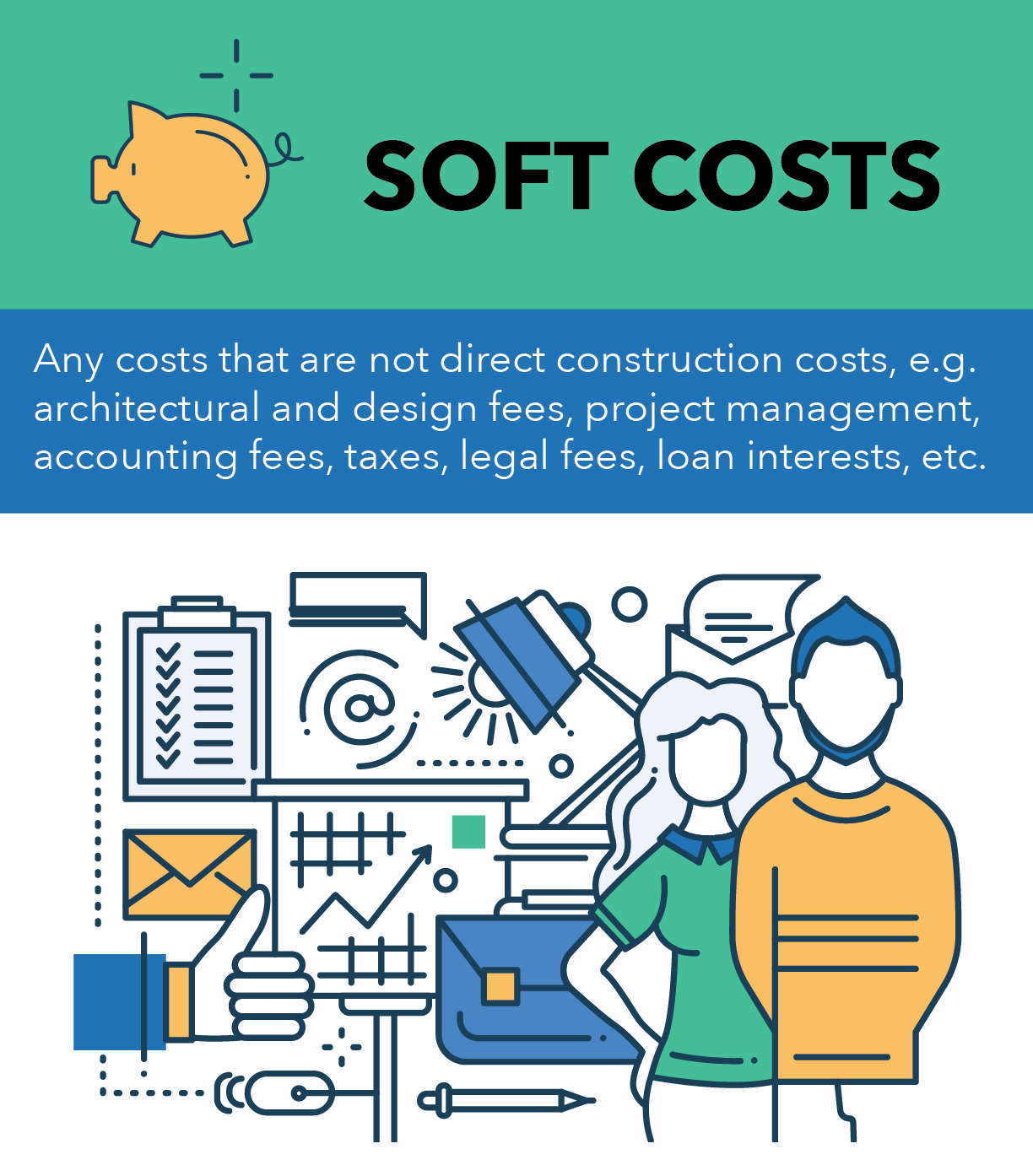
They won’t make up that full 30% or so left in project cost – but more on that in the next section. Here are many of the top soft costs you’ll encounter:
- Architectural and Design Fees – Design, planning and much more, this will usually be the bulk of your soft costs. These will be incurred from the beginning, with the development of schematics, through the course of the project as changes may be required, and until the end when the project is signed off as complete.
- Project Management – Running a project with many moving parts requires a specialist, or a team of specialists. Since they aren’t on-site and involved in the actual construction as labor, they are classified as a soft cost. This can also include paperwork costs, printing costs for plans and instructions, and much more.
- Land and Real Estate Costs – Not the cost of the land itself, but the costs to survey potential lots, lot assessment, transaction costs related to easements, and legal fees involved in acquiring the land. Land improvements not related to the project, mortgage broker fees, and much more will fall under this category.
- Accounting Fees – Someone has to keep track of the costs and budgets, and that person isn’t going to do it for free. Accounting fees will often include costs such as accounting and timekeeping software.
- Loan Interest – It’s rare that a project gets off the ground based solely on available capital. Loans will accrue interest, and that interest needs to be accounted for somewhere.
- Capital Campaign Costs – If you are a nonprofit raising money, the guidance of a campaign consultant is critical to your fund raising efforts. Campaign consultants can help uncover benefactors efficiently, reducing time spent.
- Permits and Inspection Fees – While these are required by the government, to ensure compliance with building codes, due diligence, proper procedures, and more, they don’t do them for nothing. In most cases, you’ll need to secure permits before even beginning any other work, and will absolutely need them before starting any actual construction. At the other end, even when the project is done, it’s not approved until inspection is complete, and that’s another cost to add on.
- Taxes – The government always wants a cut. Local, state, and federal taxes will all need to be accounted for, and paid.
- Legal Fees – While many project managers can navigate the rules and laws, every project will need to have lawyers associated with it. Hopefully, they’ll just be there to double-check contract language.
- LEED Certification – One of the newest soft costs, and gaining more and more traction, LEED Certification and building commissioning allows projects to qualify for incentives such as loans, grants, tax credits and more to ensure green building practices. This doesn’t come for free though – there are soft costs associated with attaining the certification, including project registration fees and certification fees. That’s on top of the projected 2% increases in hard costs for the necessary equipment.
- Feasibility Studies – Will your idea work? Is it worth pursuing investment for, and planning out? Even before you start looking at contractors and design houses or architects, you’ll likely need to engage in a feasibility study. Any project manager worth hiring will ensure that one of them has been done, or make it their first priority upon signing on for the project.
- Testing and Assessments – All variety of soil and water testing, air testing, environmental impact assessments, traffic studies, public surveys, geotechnical studies, various cost estimates, relocation consulting, design of low voltage systems, health and safety consulting… the list goes on and on.
That’s most of them – but there are all sorts of minute costs that you will find fall under the soft cost header. Some are specific to the type of project, the region, the company, or other unique factors in a project.
Other Costs
Not all costs affiliated with a construction project fall neatly into these categories, and will often be their own line item. Real estate is the biggest one here – the cost of the land itself is a separate line item. When working out a budget, you’ll also include contingency costs as a separate line item, although in the final accounting this would just be spread where needed, or eliminated if it wasn’t needed at all.
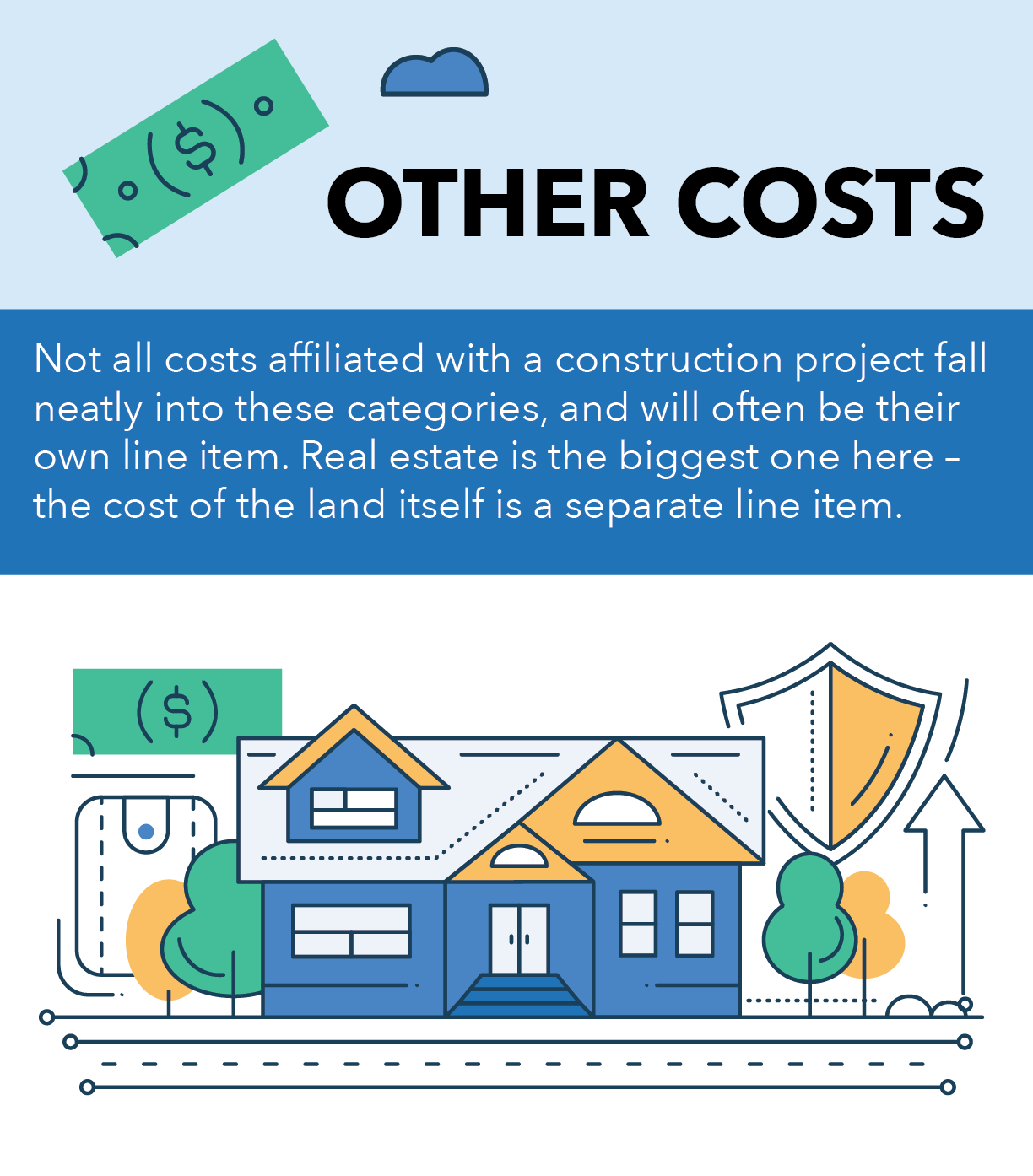
Cost Interactions
The most important thing to remember is that soft costs have a direct effect on the hard costs of a project. Even though they may be lower – different sources cite them as ranging from 20%, on a commercial project up to 35% – they can drastically alter the hard costs that are related.
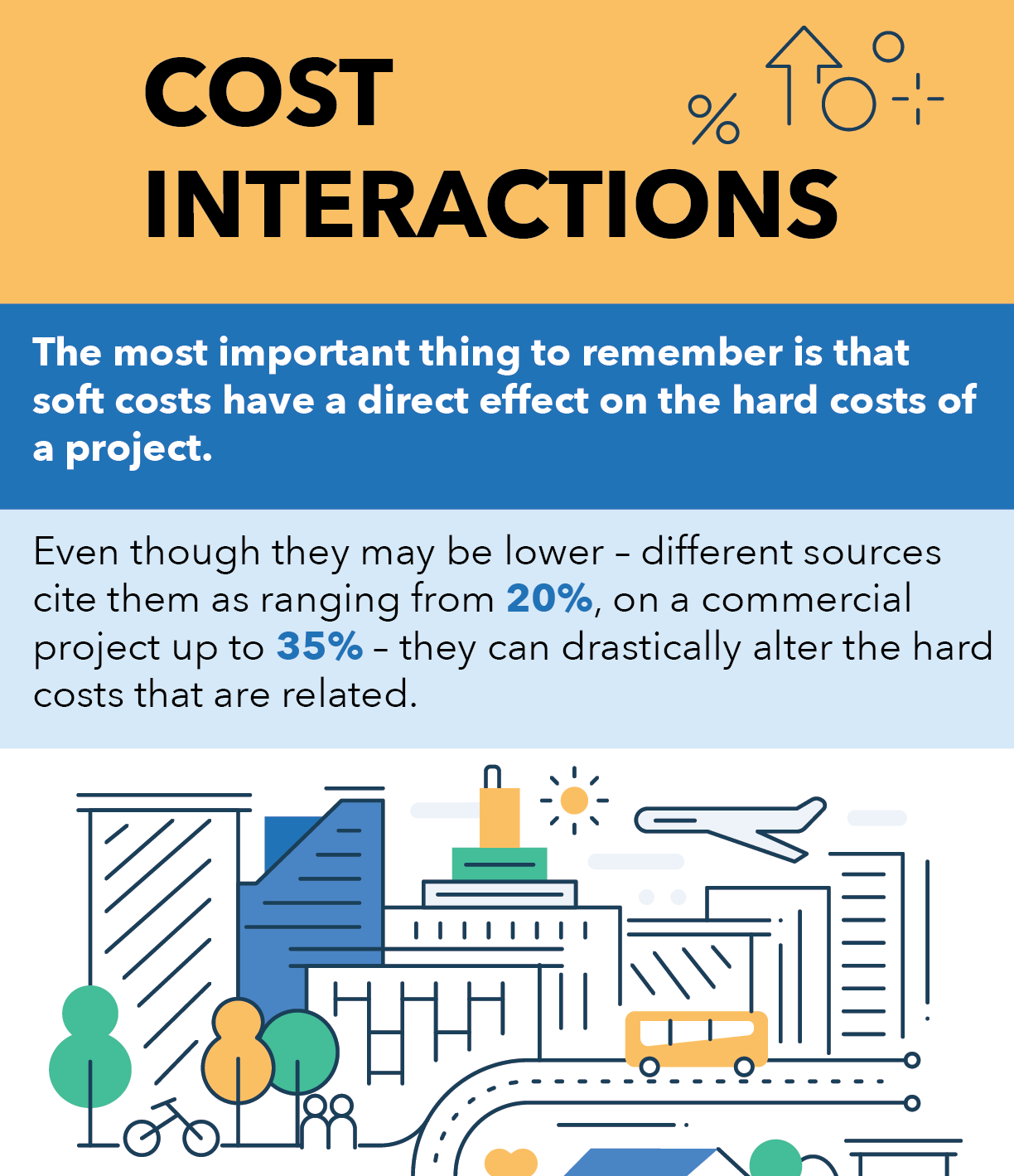
For instance, surveying and land assessment that is included as a soft cost under real estate costs can impact hard costs such as grading and site excavation, as well as determining how much or what types of decorative landscaping is done. Efficient design can decrease materials costs, while intricate designs can increase costs and add labor. The desire to pursue LEED Certification can add additional costs to the building budget, but incentives can reduce the impact in the soft cost category.
At S.L. Leonard & Associates, we help to navigate your way through both the hard and soft costs of a project, as well as those costs that fall under their own line item. Sure, our services will go into the final budget as their own soft cost – however, our experience in the owner representation and project management fields means we will help you to greatly reduce potential hard costs as well as other soft costs.

